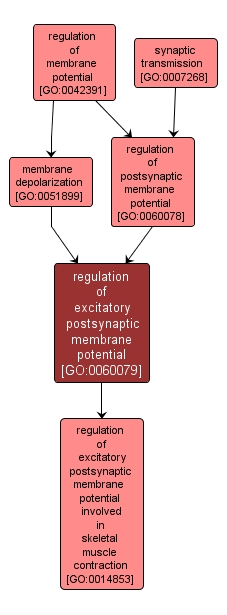| Desc: |
Any process that modulates the establishment or extent of the excitatory postsynaptic potential (EPSP) which is a temporay increase in postsynaptic potential due to the flow of positively charged ions into the postsynaptic cell. The flow of ions that causes an EPSP is an excitatory postsynaptic current (EPSC) and makes it easier for the neuron to fire an action potential. |














